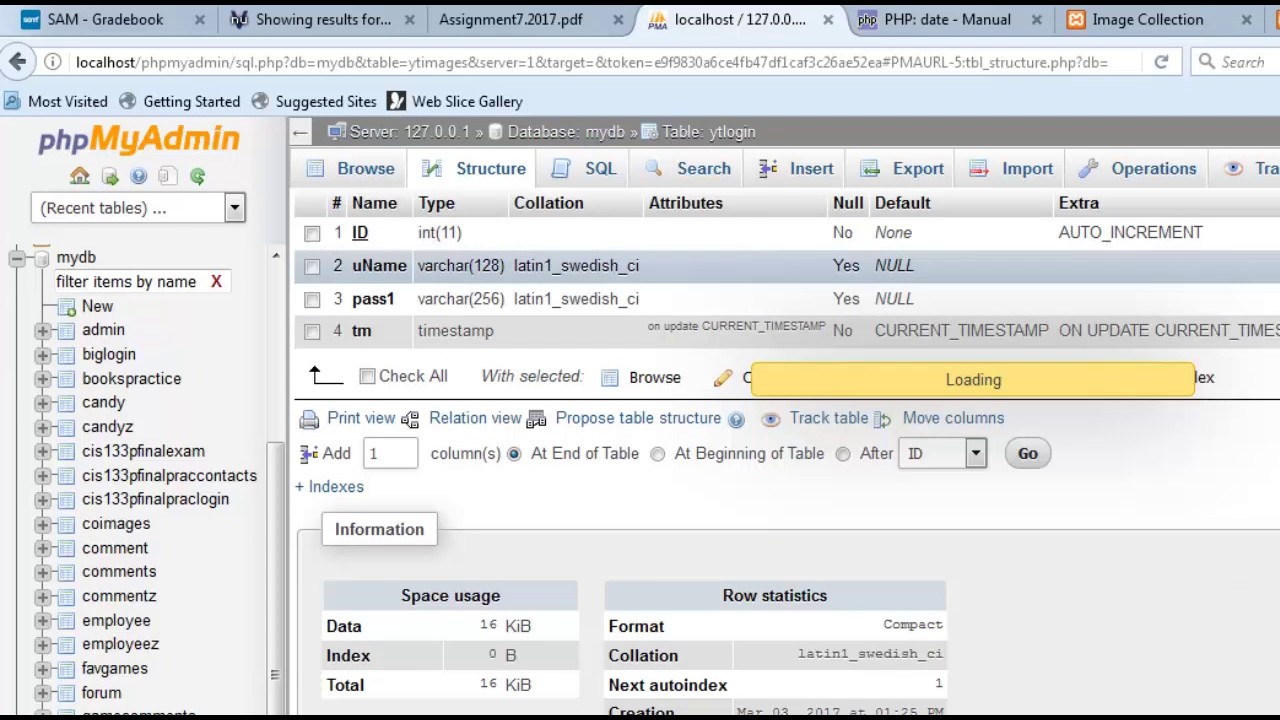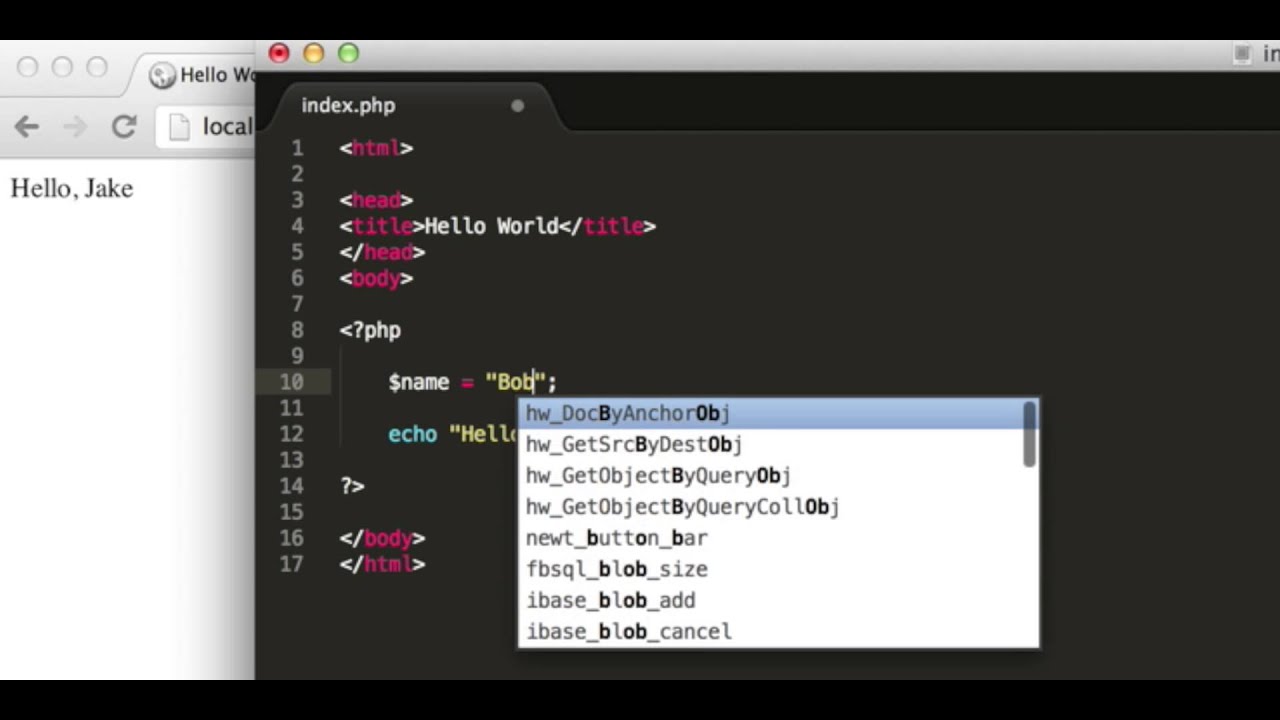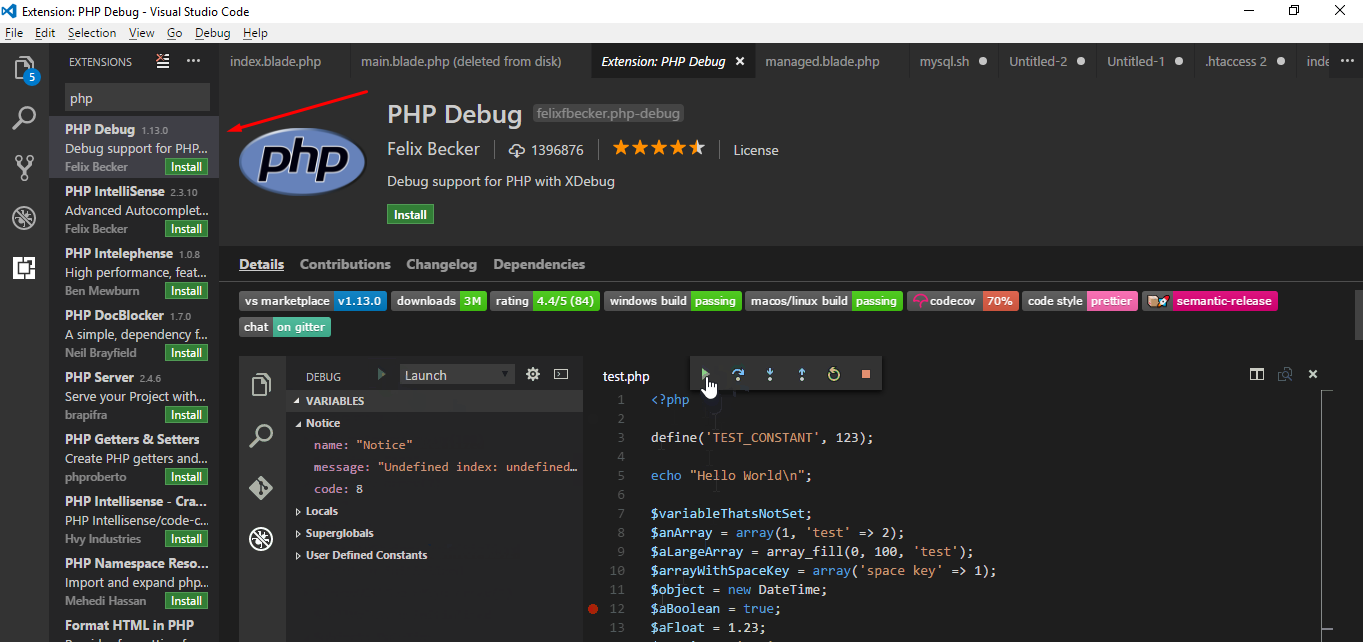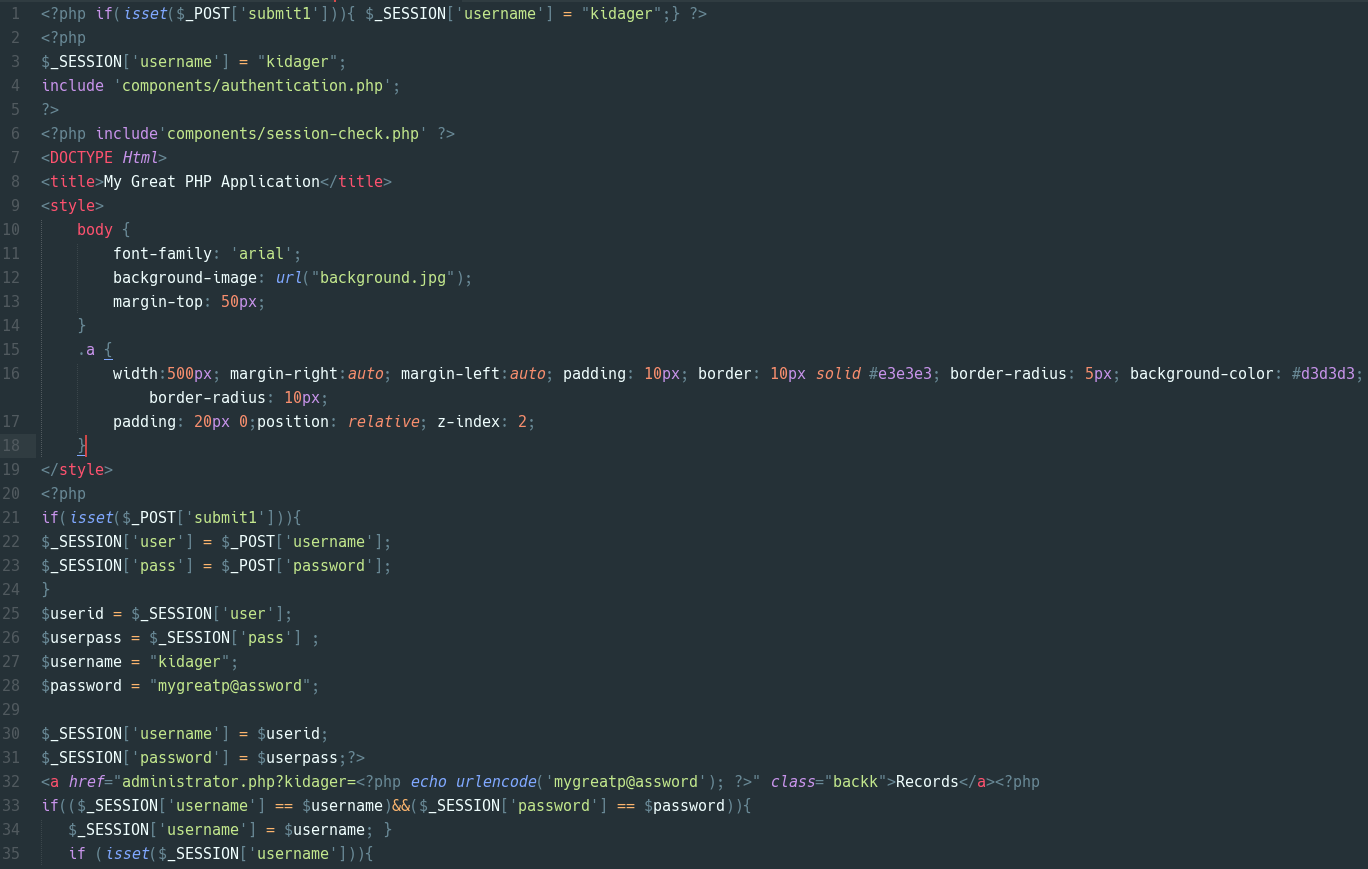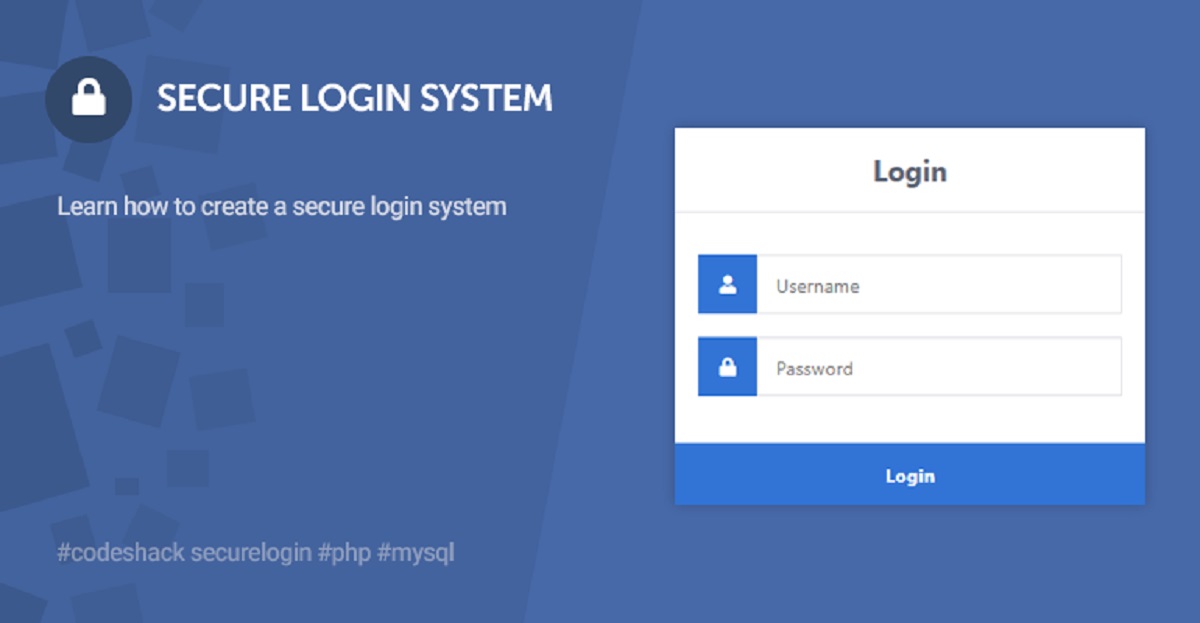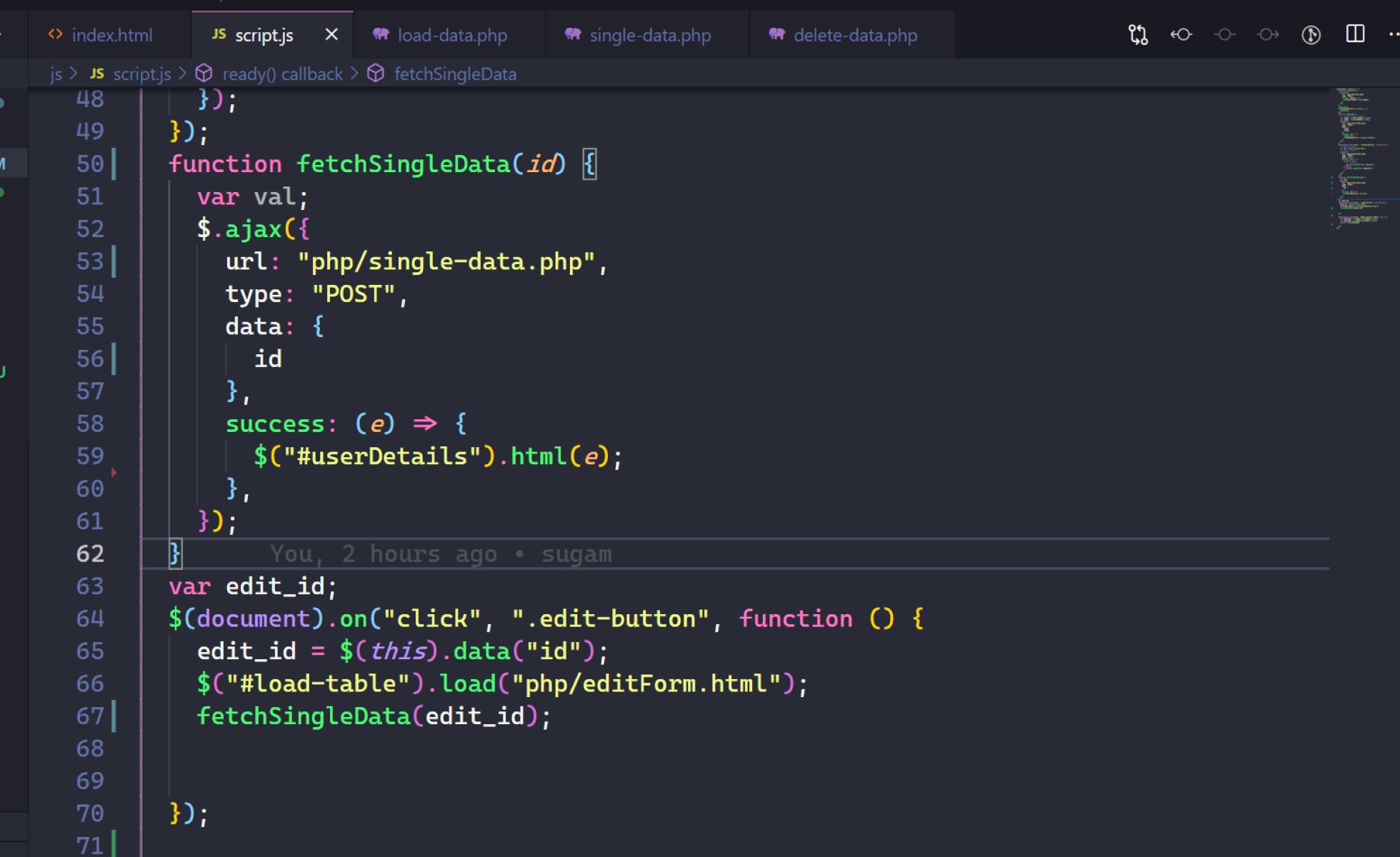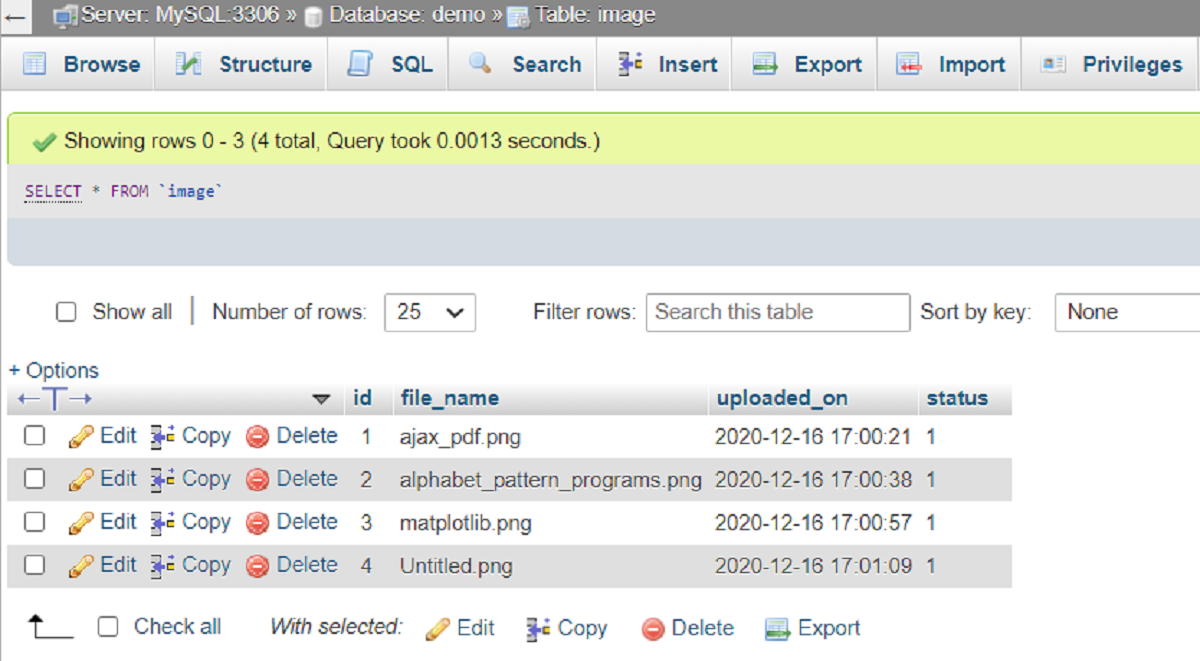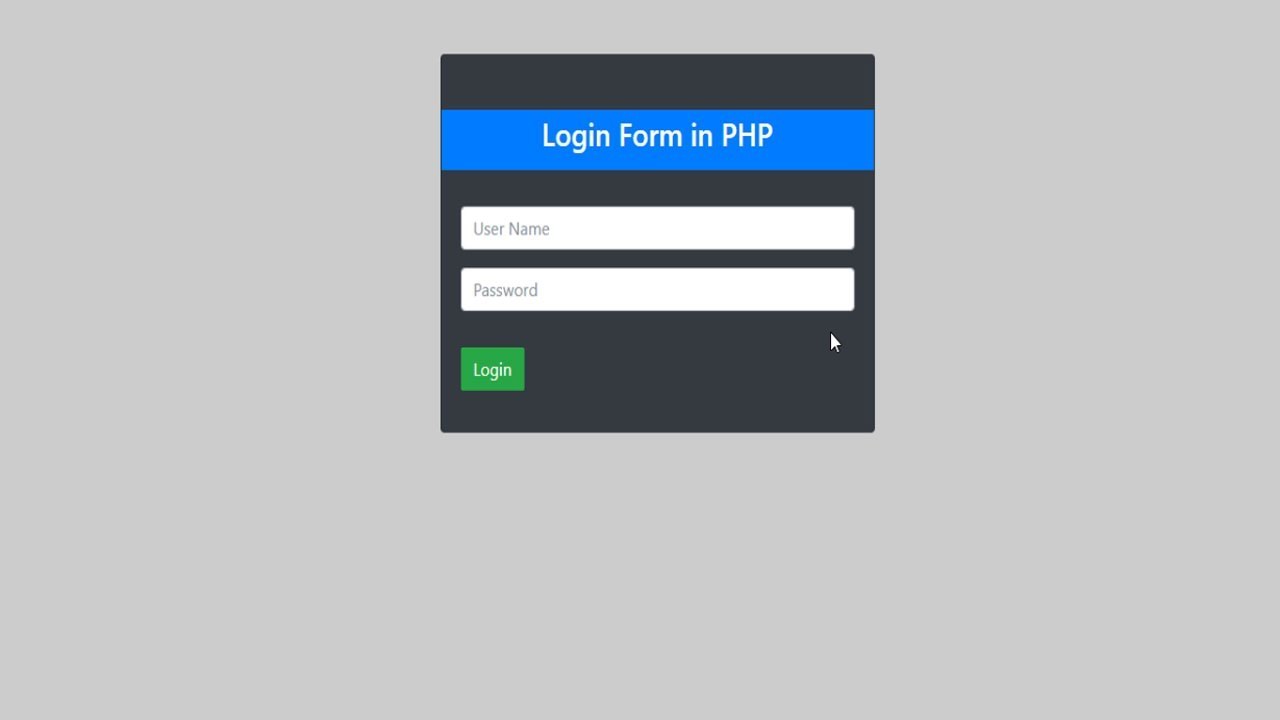Introduction
Welcome to this guide on how to hide your database password in PHP. When building web applications that interact with databases, it is crucial to ensure the security of sensitive information such as database credentials. One of the most important aspects of securing your database is to hide the password from unauthorized access.
The database password is a sensitive piece of information that, if compromised, can lead to unauthorized access, data breaches, and other security vulnerabilities. Therefore, it is essential to implement effective measures to protect it. In this guide, we will explore best practices for hiding database passwords in PHP, ensuring that your application remains secure.
We will cover various methods that you can use to hide the database password, each with its own advantages and considerations. These methods include using environment variables, utilizing an external configuration file, and encrypting the passwords. By implementing these techniques, you can significantly reduce the risk of exposing your database credentials and enhance the overall security of your application.
It’s worth noting that the techniques discussed in this guide can be applied to any PHP application that interacts with a database. Whether you are using MySQL, PostgreSQL, or any other database management system, the principles and practices outlined here will help you protect your database credentials from unauthorized access.
Throughout this guide, we will provide step-by-step instructions and code examples to demonstrate how to implement each method effectively. You don’t need to be a cybersecurity expert to follow these practices – just a basic understanding of PHP and web development will suffice.
So, ready to learn how to hide your database password in PHP? Let’s get started with the first method – using environment variables!
What is a Database Password and Why Should You Hide It?
A database password is a secret code that grants authorized users access to a database. It acts as a form of authentication, ensuring that only individuals with the correct credentials can connect to and interact with the database. Without a password, unauthorized users would be able to access and manipulate sensitive data, posing a significant security risk.
So, why is it crucial to hide the database password? The answer lies in the potential consequences of a compromised password. If malicious individuals gain access to your database password, they can manipulate, steal, or delete data, compromising the confidentiality, integrity, and availability of your application.
There are several reasons why it is important to hide your database password:
1. Protecting sensitive data: Your database likely holds valuable user information, including personal details, login credentials, and financial data. By hiding the database password, you reduce the risk of unauthorized access and data breaches, safeguarding sensitive information.
2. Preventing unauthorized database modification: Unauthorized access to your database can lead to data manipulation, such as altering records, adding or deleting data, or even bringing down your entire system. Hiding the database password helps prevent such malicious activities.
3. Defending against SQL injection attacks: In the event of a security vulnerability like an SQL injection attack, hiding the database password can act as an additional layer of protection. If a hacker manages to inject malicious code, they would still need the database password to access and manipulate the database.
4. Minimizing insider threats: Even within your organization, not everyone should have direct access to the database password. Hiding the password limits the chances of insider misuse or unintentional exposure of the credentials.
5. Meeting compliance requirements: Many industries have strict regulations regarding data privacy and protection. By hiding the database password, you adhere to these compliance requirements and avoid potential legal and financial consequences.
Overall, hiding the database password is a crucial security measure that helps protect sensitive data, prevent unauthorized access, and minimize potential risks to your application. With proper implementation and adherence to best practices, you can ensure the confidentiality and integrity of your database, enhancing the overall security of your web application.
Best Practices for Hiding Database Passwords in PHP
When it comes to hiding database passwords in PHP, there are several best practices that you should follow to ensure the utmost security. By implementing these practices, you can significantly reduce the risk of unauthorized access to your database and protect sensitive information. Let’s explore some of the key best practices:
1. Separate configuration files: Store your database credentials in a separate configuration file outside the web root directory. This prevents direct access to the credentials by unauthorized users and reduces the likelihood of accidentally exposing them through version control or other means.
2. Use strong passwords: Always generate strong, complex passwords for your database. Avoid using common words or easily guessable patterns. Include a combination of uppercase and lowercase letters, numbers, and special characters. The longer and more complex the password, the harder it is to crack.
3. Restrict database access: Grant access privileges to your database on a need-to-know basis. Only give access to authorized users who require database functionality. Restrict access to sensitive database operations and limit the privileges granted to each user.
4. Hash or encrypt your passwords: Instead of storing the actual database password in plain text, consider using cryptographic algorithms to hash or encrypt the passwords. This adds an extra layer of security, making it difficult for hackers to retrieve the actual password even if they gain access to the hashed or encrypted values.
5. Utilize environment variables: Store the database credentials as environment variables rather than hardcoding them in your PHP code. This approach improves security by keeping sensitive information separate from the codebase and reduces the risk of accidental exposure.
6. Implement proper file permissions: Ensure that the file containing your database credentials has the correct permissions set. Restrict access to the file by setting appropriate read and write permissions for different user groups, such as the web server user and the owner of the PHP files.
7. Regularly update passwords: It is good practice to periodically update your database passwords. Consider establishing a password rotation policy and regularly change the passwords, especially in cases where there has been a suspected breach or change in personnel.
8. Perform regular security audits: Regularly review your PHP code and database configurations for any vulnerabilities. Conduct security audits to identify potential risks and address them promptly. Keep your PHP version up to date to benefit from the latest security patches.
By following these best practices, you can significantly strengthen the security of your database and mitigate the risks associated with unauthorized access. Hiding the database password is just one aspect of a comprehensive security strategy, but it plays a crucial role in protecting your application and the sensitive data it handles.
Method 1: Using Environment Variables
One effective method to hide your database password in PHP is by utilizing environment variables. Environment variables are system-wide variables that can be accessed by your PHP code without directly exposing the password. Instead of hardcoding the password into your code, you retrieve it from the environment variables during runtime.
Here’s how you can implement this method:
- Set environment variables: On your server or hosting platform, set the environment variables containing your database credentials. The names of the variables are usually determined by your server or hosting provider. For example, “DB_HOST” for the database hostname, “DB_USERNAME” for the database username, and “DB_PASSWORD” for the database password.
-
Access environment variables in PHP: In your PHP code, you can retrieve the values of the environment variables using the
getenv()function or the$_ENVsuperglobal array. For instance, to retrieve the database password, you would use$password = getenv('DB_PASSWORD');or$password = $_ENV['DB_PASSWORD'];depending on your preference. - Use the retrieved password: Once you have retrieved the password from the environment variables, you can use it to establish a connection with your database. Whether you are using MySQL, PostgreSQL, or another database management system, you can pass the retrieved password as a parameter when establishing the database connection.
By using environment variables, you keep your database password separate from your codebase. This adds an extra layer of security as the password is not directly visible in your PHP files. Additionally, if you need to change the password in the future, you can update the environment variable without modifying your code, reducing the risk of accidentally exposing the new password.
However, it is important to note that you should ensure proper security measures are in place to protect the environment variables themselves. Restrict access to the environment variable settings and ensure they are properly secured on your server or hosting platform.
Implementing environment variables is a widely used practice in the industry for hiding sensitive information like database passwords. It provides a convenient and secure way to protect your credentials while allowing your PHP code to access them when needed.
Method 2: Using an External Configuration File
Another effective method to hide your database password in PHP is by using an external configuration file. This approach involves storing your database credentials in a separate file that is not accessible to the public. By keeping the password separate from your codebase, you can enhance the security of your application and reduce the risk of unauthorized access.
Here’s how you can implement this method:
- Create a configuration file: Start by creating a new file, such as “config.php” or “database.php”, to hold your database credentials. Place this file outside the publicly accessible directory of your web server, typically above the web root. This prevents direct access to the file by users requesting your web pages.
- Define constants or variables: Open the configuration file and define constants or variables to store your database credentials. For example, you can define constants like “DB_HOST”, “DB_USERNAME”, and “DB_PASSWORD” with their respective values containing the hostname, username, and password of your database.
-
Include the configuration file: In your PHP code, include the configuration file using the
require_onceorinclude_oncestatement. This makes the database credentials available in your PHP code without directly exposing the password. - Use the included credentials: Once you have included the configuration file, you can use the defined constants or variables to establish a connection with your database. Pass these values as parameters when setting up the database connection using a database library or driver.
The advantage of using an external configuration file is that it keeps your database password separate from your PHP code, making it harder for unauthorized users to access it. Additionally, if you need to change the database password in the future, you only need to update the configuration file without modifying your codebase.
However, it is crucial to ensure proper file permissions and access restrictions for the configuration file. Set the necessary read and write permissions to restrict access to the file, and ensure it is not accessible via the web. This prevents unauthorized users from directly accessing the file and retrieving the database credentials.
By using an external configuration file, you can effectively hide your database password in PHP and enhance the security of your application. It promotes separation of concerns, making it easier to manage your database credentials and ensuring they are not exposed in your PHP code.
Method 3: Encrypting Passwords
A robust method to protect your database password in PHP is by encrypting it. Encryption is the process of transforming data into a format that is unreadable without the decryption key. By encrypting your passwords, even if an unauthorized user gains access to the encrypted password, they will not be able to decipher it without the decryption key.
Here’s how you can implement this method:
- Choose an encryption algorithm: Select a secure encryption algorithm like AES (Advanced Encryption Standard) or bcrypt. These algorithms have been proven to be strong and resistant to attacks.
- Encrypt the password: In your PHP code, encrypt the database password using the chosen encryption algorithm and a secret encryption key. The encryption key should be securely stored and kept separate from your codebase to prevent unauthorized access.
- Store the encrypted password: Save the encrypted password in your database or an external storage solution. Ensure that the storage medium is secure and properly protected to prevent unauthorized access to the encrypted password.
- Decrypt the password: When establishing a connection with your database, retrieve the encrypted password from your storage solution and decrypt it using the same encryption algorithm and secret encryption key. Use the decrypted password to authenticate with your database.
Encrypting your database password provides an additional layer of security. Even if an attacker gains access to your database or the encrypted password, they would need the encryption key to decrypt it. Without the key, the encrypted password remains inaccessible and meaningless.
To further enhance the security, consider using a key management system to store and manage the encryption key. This ensures that the key is securely stored and accessible only to authorized individuals or applications.
It’s important to note that encryption is not a foolproof solution, and it should be used in conjunction with other security measures. Additionally, ensure that your encryption algorithm, key management practices, and storage solutions meet industry standards and best practices.
By encrypting your passwords, you add an extra layer of protection to your database credentials. It significantly reduces the risk of unauthorized access and enhances the overall security of your application.
Conclusion
Securing your database password is vital for protecting your application’s sensitive data and maintaining the integrity of your system. In this guide, we have explored three effective methods for hiding database passwords in PHP: using environment variables, utilizing an external configuration file, and encrypting passwords.
Using environment variables provides a secure and flexible way to retrieve database credentials during runtime. Storing your passwords in an external configuration file keeps them separate from your codebase, reducing the risk of exposure. Encrypting passwords adds an extra layer of security, making it challenging for unauthorized users to access sensitive information even if they gain access to the encrypted password.
It’s crucial to follow best practices such as using strong passwords, restricting database access, and performing regular security audits to protect your database credentials. By implementing these practices, you can significantly strengthen the security of your application and reduce the risk of unauthorized access and data breaches.
Remember, these methods are not mutually exclusive, and you can combine them to achieve an even higher level of security. It is crucial to evaluate the specific needs and requirements of your application and choose the method that best fits your circumstances.
Always prioritize the security of your database and regularly review and update your security measures to stay ahead of potential vulnerabilities. The security landscape is ever-evolving, and staying proactive in safeguarding your database is essential to protect your application and user data.
By implementing robust security practices and effectively hiding your database passwords, you can mitigate potential risks and build a more secure web application. Protecting your database credentials should be a fundamental part of your overall security strategy, ensuring the confidentiality and integrity of your data.







